All great leaders have skin in the game- they show, hardly tell, and they go on the journey with their followers. They lead by example; the only stock they have is their company shares, they walk their talk, and they don’t tell people to do what they are unwilling to do themself. In business parlance, Skin in the Game refers to owners, executives, or principals having a significant stake in the shares of the company they manage. 1 With skin in the game, you are committed to your long-term goal, before you build a team to help achieve your dream; showing the ways you have skin in the game is a great way to attract great talent.
“Never trust anyone who doesn’t have skin in the game. Without it, fools and crooks will benefit, and their mistakes will never come back to haunt them.”
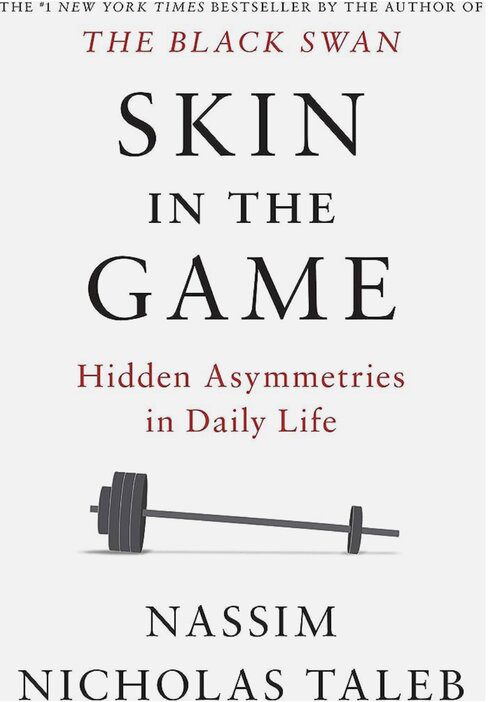
In his 2018 book, Skin in the Game: Hidden Asymmetries in Daily Life 2, Lebanese-American essayist, author, and former options trader Nassim Nicholas Taleb writes extensively about the concept of Skin in the game, where he argues that having a shared risk when taking a major decision—is necessary for fairness, commercial efficiency, and risk management, as well as being necessary to understand the world.
“Nothing is more confusing than people who give good advice but set a bad example.” – Norman Vincent Peale
One of my favourite lessons have learned from reading a lot of John C. Maxwell’s books is the analogy between the travel agent and the travel guide 3. Maxwell uses this travel metaphor as a way of teaching “Skin in the Game”. Great leaders are doers, they lead by example, and they show hardly tell.
John Maxwell observed:
- Too many leaders are like bad travel agents. They send people to places they have never been. Instead, they should be more like tour guides, taking people places they have gone and sharing the wisdom of their own experiences.
- Leaders, by definition, are out front. They take new territory and others follow them. Great leaders don’t merely send others out. They lead the charge. They’re more like tour guides than travel agents. They see opportunities, prepare to move forward, and then say, “Follow me.” When you see someone who is able to see opportunities and is willing to take good risks, pay attention. You may be looking at a leader.
- There are a lot of people in the world who are willing to give advice on things they’ve never experienced. They are like bad travel agents: they sell you an expensive ticket and say, “I hope you enjoy the trip.” Then you never see them again. In contrast, good leaders are like tour guides. They know the territory because they’ve made the trip before, and they do what they can to make the trip enjoyable and successful for everybody.
“If you show the way, people will want to follow you. The higher you go, the greater the number of people who will be willing to travel with you.”
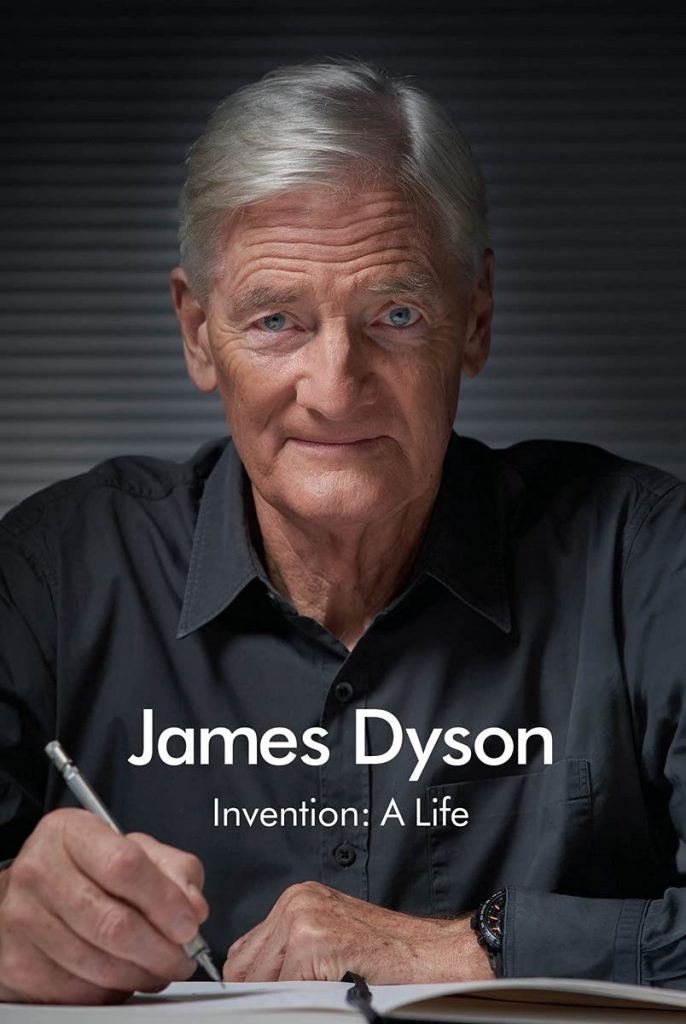
One of the first ideas that British Entrepreneur and Inventor James Dyson experimented with in the early part of his entrepreneurial journey was the ball barrow which he released in 1974. The Ballbarrow was a variation of the wheelbarrow design which won the Building Design Innovation Award in 1977. In his autobiography, Invention: A Life, Dyson 4 described the lengths he had to go to bring the idea to life. He mortgaged his young family’s house against a loan to borrow money from the bank. He had skin in the game, and he did everything to push forward his entrepreneurial agenda. He recalls
I now needed to raise some money to set up the company and put my Ballbarrow into production. I went to see my lawyer, Andrew Phillips, now Lord Phillips. He was very enthusiastic and suggested I approach my brother-in-law, Stuart Kirkwood, who he also advised. Stuart was prepared to guarantee an overdraft as long as I did the same. Deirdre generously allowed me to do this with the house mortgaged against the loan, and with the money duly borrowed from Lloyds Bank and debt high above my eyebrows, I set up my first factory. This was in a cart barn and a row of pigsties at home at our Gloucestershire farmhouse.
Deirdre generously allowed me to do this with the house mortgaged against the loan, and with the money duly borrowed from Lloyds Bank and debt high above my eyebrows, I set up my first factory.
Margot John showed a lot of skin in the game in how she committed to raising his son, founder, president, and CEO of FUBU, Daymond John. In his book, Display of Power: How Fubu Changed a World of Fashion, Branding, and Lifestyle, Daymon describes the sacrifice and commitment that his mum showed in raising him and the support she lent to him in building a great brand. He writes:
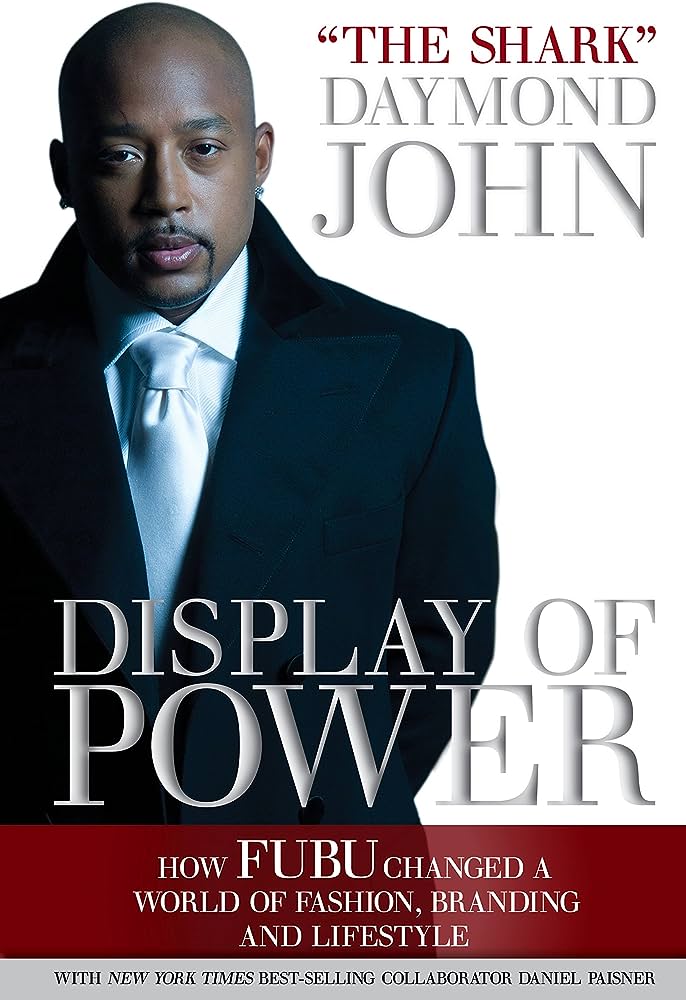
One of the biggest things she did, back when I was about to start high school, was take out a mortgage on the house so she could stop working. Eighty-thousand dollars, which she figured would be enough for us to live on for three or four years, long enough to help steer me through the period of time she thought I’d be most vulnerable to the negative influences of our neighborhood. She’d always worked two or three jobs, but she wanted to be a little more present in my life just then, to make sure I didn’t go down the wrong path. And she was. She didn’t hover over me, but she was always around. Like a stealth watchdog. I didn’t always notice her, but she was there. And she made me a promise. She knew that clothes were important to me, that my appearance was important to me, so she told me that if I kept up my grades in school she’d do whatever she had to do to keep decent clothes on my back, so I could have my self-respect. The two went hand-in-hand, far as I was concerned. We didn’t have a lot of money, but she said, “Daymond, I don’t care what it takes. I’ll sell my body if I have to. You just worry about your end.”
“Daymond, I don’t care what it takes. I’ll sell my body if I have to. You just worry about your end.”
Learning from his mum about the power of commitment and having skin in the game, Daymond took a second mortgage on his house while building the FUBU brand in the early days. He recalls:
Turned out the way I had to play it was to take out a second mortgage on the house on Farmers Boulevard. Wasn’t exactly the smartest move in the world, but I was going on balls. I borrowed another $100,000 against the house, and used it to buy ten industrial sewing machines, and enough material to fill the first batch of orders. Then I turned over about half the house and it made it into a factory.
My girlfriend at the time, she ended up being my wife and the mother of my children, she went out and found a half-dozen or so Latino women for me to sew the product. (None of them spoke any English, but they were good workers.) The house had about 3,500 square feet, and the only spaces we didn’t utilize for the business were the attic, one of the bedrooms, the kitchen, and a little bit of the basement. Every other square inch of space, we put to some kind of FUBU use. I put a huge table in the dining room, and used it to cut fabric.
Wasn’t exactly the smartest move in the world, but I was going on balls
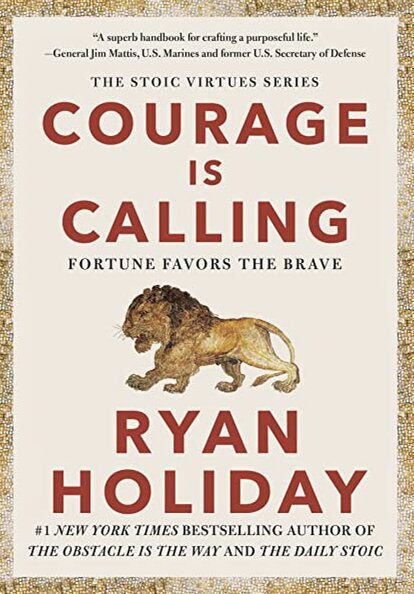
De Gaulle – bain de foule 5
All great leaders understand this. De Gaulle too practiced what he called bain de foule—plunging into the crowds of rapturous French citizens, bathing in their mutual spirit and love. Just as MacArthur’s aides had warned against these public displays, de Gaulle’s staff worried furiously about the safety of their leader, but he knew that it was precisely because it was so risky that it must be done.
A leader cannot sit in some ivory tower or behind thick castle walls. They cannot protect themselves from every danger and risk while they let their followers or employees or soldiers take the brunt of what the world throws at us.
No, a leader must have real skin in the game. Whether that’s putting their own money in the firm at a rock-bottom moment or riding in open-top cars, keeping the door to their office open, or sharing vulnerably what others would hide, the connection that is forged by such gestures provides far more safety than any risk avoidance can guarantee.
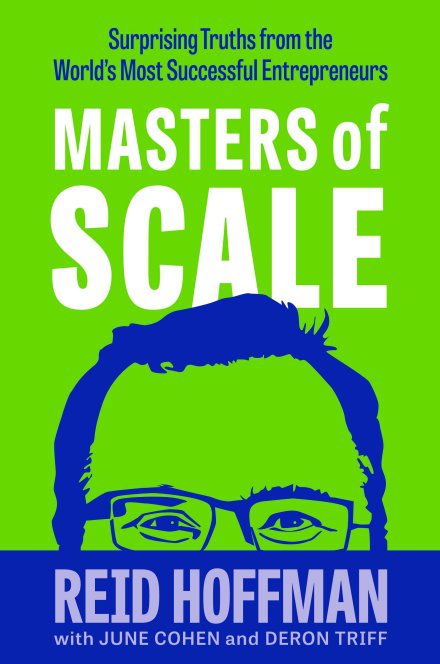
Trust = Consistency Over Time 6
When you’re very consistent in following through on your promises—and when you do this over and over again to establish a deep, unbroken pattern—that creates trust. That consistency allows people to say, “Right, we trust you. We know you’ll do what you say. We know this will work. One effective bridge to trust: Get someone that people already trust to endorse you, or to be the articulator of your value proposition. This is trust by the transitive Property.
So that people say, “Well, if this person who I trust endorses this, or agrees to it—then it’s trustworthy.”
A second bridge might be making a substantial and costly commitment or guarantee—as Daniel Ek did when he enticed the music industry to try out Spotify by putting the industry’s monetary interests ahead of his own. You want your commitment to show that you’re really putting something on the line—that you not only have skin in the game, and not only are putting their interests ahead of yours but stand to lose big if you fail them: “If we break trust in this way, then in each instance we’ll pay you X dollars or we’ll donate Y dollars to charity.”
A third bridge is to be radically transparent. You might share all of your code. Or post an online bulletin board that all of your customers can use, and that everyone can see. Or offer to do an “Ask Me Anything” interaction and be completely open to any question.
When you need to build trust fast, those three bridges can be key. And they can work even in sensitive circumstances. But bridge building is never easy, and it doesn’t happen overnight. And remember: Lasting bridges must be built from both sides.
You want your commitment to show that you’re really putting something on the line—that you not only have skin in the game, and not only are putting their interests ahead of yours but stand to lose big if you fail them.
Meditation
- Daily Calm with Tamara Levitt – Firewood
- Anger – An aggravating thought gets a hold of us, and as we fixate on it; our anger intensifies. This happens because of a feedback loop between our thoughts and biochemistry. A thought or event triggers the physiological experience of anger in our brain and body. Then in reaction, our mind creates angry thoughts about the cause of our anger. Those thoughts perpetuate the physiological thoughts of anger, which generates more angry thoughts and the cycle continues.
“Do everything with a mind that lets go. Don’t accept praise or gain or anything else. If you let go a little you a will have a little peace; if you let go a lot you will have a lot of peace; if you let go completely you will have complete peace. ” ― Ajahn Chah
- Daily Jay with Jay Shetty – Don’t Measure Happiness
- A common saying in business: If you don’t measure it, you can’t manage it. You won’t achieve your goal if you are not continually collecting data and checking your progress.
- Our obsession with being happy is making us miserable. When we are preoccupied with our present state by constantly fretting about feeling joy, we end up exacerbating emotions of anxiety and stress.
- If you want to achieve happiness, stop measuring it directly. Instead, try to see if you are living in alignment with your values, assess how your health is doing, gauge the quality of your relationship, and evaluate the extent to which you are engaged with your purpose,
- When you attend to the things that really matter in life, such as your purpose, dreams and people you love. Happiness isn’t something that you have to measure, it is a natural bye-product.
Podcast
- How To Master Change: This One Idea Might Change Your Entire Life | Cal Newport
All the best in your quest to get better. Don’t Settle: Live with Passion.
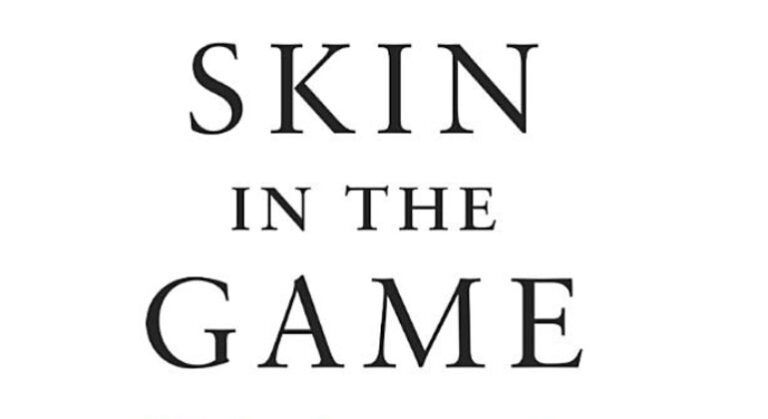


Comments are closed.